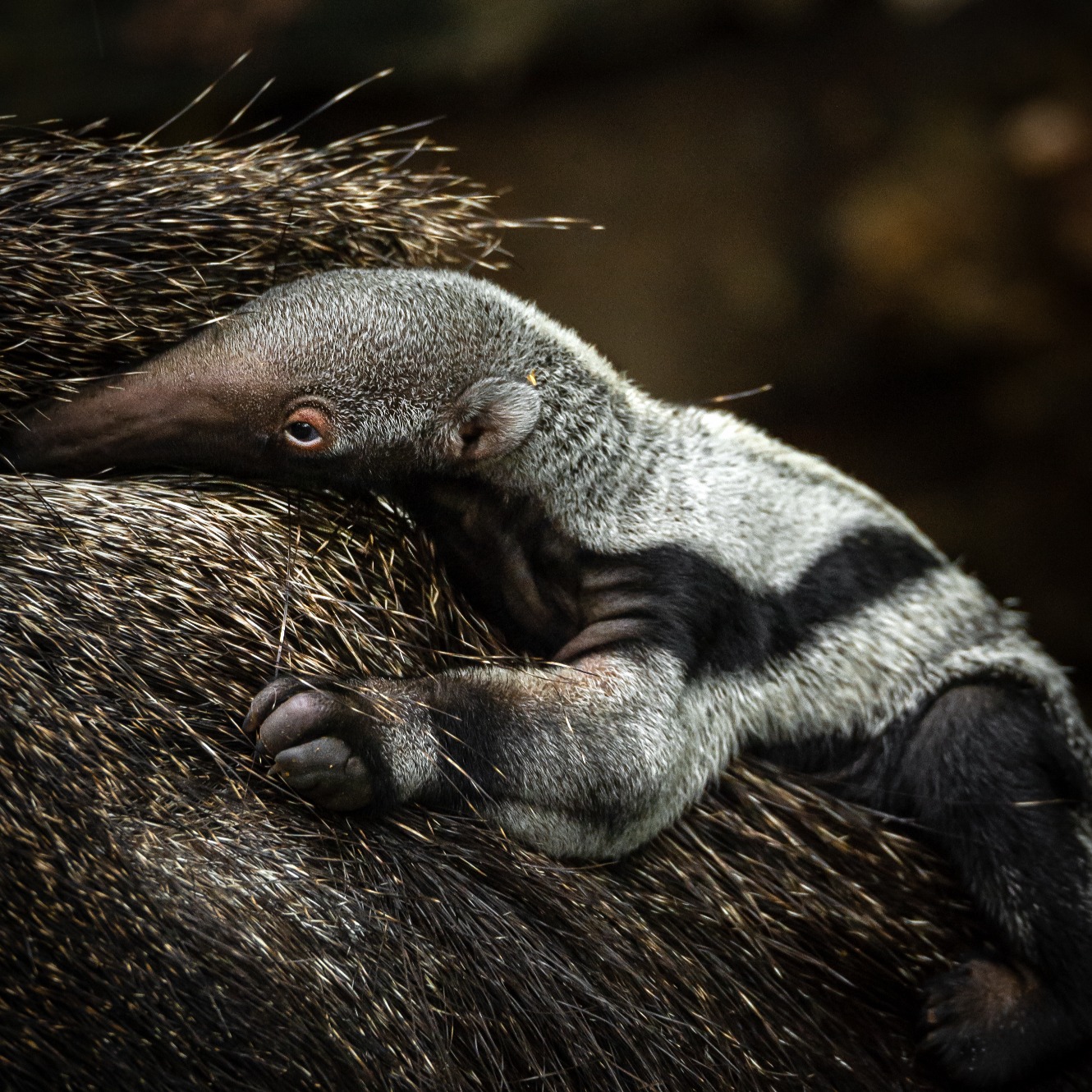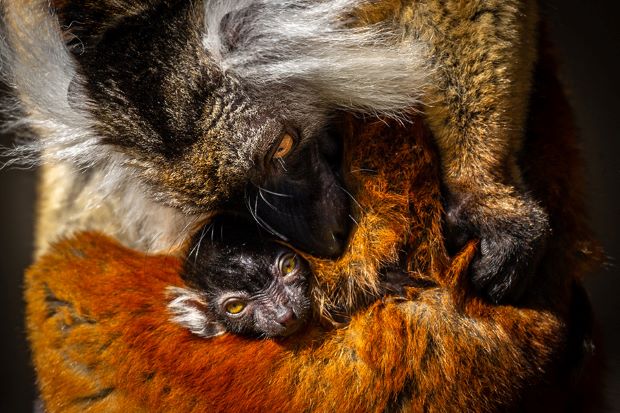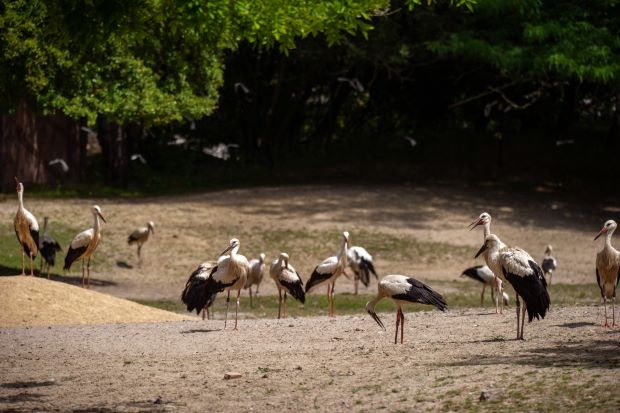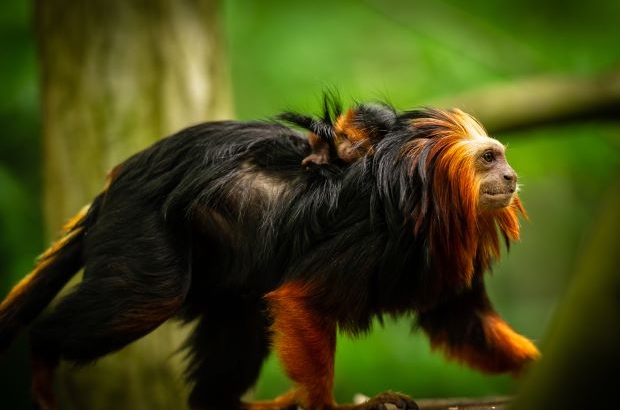- Daily & Weekly newsletters
- Buy & download The Bulletin
- Comment on our articles
Seasonal baby boom at Planckendael animal park in Belgium
Spring has sprung and so have the new arrivals at Belgium’s animal park Planckendael, near Mechelen.
In fact, there has been something of a baby boom at the zoo in recent weeks with the arrival of lots of “little ones”.

The park has just welcomed a baby anteater (pictured) for the first time in its history.
Meanwhile, a golden-headed lion tamarin (pictured with mother in main image) was also recently born; a special moment because Planckendael has coordinated the breeding programme of golden-headed lion tamarins for over 30 years.
The arrival was unusual because these creatures are generally born in pairs. The small social primates are an endangered species that live in Brazil in the equatorial forest that borders the Atlantic coast. It’s a region that’s badly threatened by habitat loss caused by deforestation, cattle ranching and agriculture.
Scientists from Planckendael and Antwerp Zoo founded the BioBrasil conservation project as a compromise between the preservation of biodiversity and economic profitability.
The animal park does not yet know if the monkey is a girl or a boy. “We will only be able to see the sex when the little animal has separated from its mother. That is going to take a while longer as it prefers to stay as close as possible for now to its mother,” said a spokesperson.
“One thing that is certain is the first letter of its name. It will start with the letter Y like all animals born in 2023 in our park.”

Among other recent arrivals, is a baby black lemur (pictured), a threatened species that lives only on the island of Madagascar, along with two Asian lion cubs.
The pair are staying with their mum until they are big enough to meet their dad and brother, Yari and Wishu. The cubs are expected to venture outside for the first time in the first week of July.

Planckendael also welcomed its first storks of the year. Keepers have already identified over 50 specimens, which are expected to increase considerably in the coming weeks.
New arrivals are not the only attraction for visitors at the zoo this summer. An exhibition of Lego bricks, called Brick Safari, starts on 24 June and runs until 10 September.
It features big cats - no fewer than nine species - plus safari animals “come to life.” Created out of almost 1 million LEGO® blocks, various animal compositions have taken shape throughout the park.
Other cubed installations include tigers, lion cubs, a lynx, a panther, a condor, hyenas, penguins and an impressive elephant weighing 1,088kg. The latter was built with 149,071 blocks by five builders in 1,600 hours. The Brick Safari exhibition, a first in Europe, is included in the entrance ticket to the park.
Photos: ©Plankendael zoo/Jonas Verhulst



















